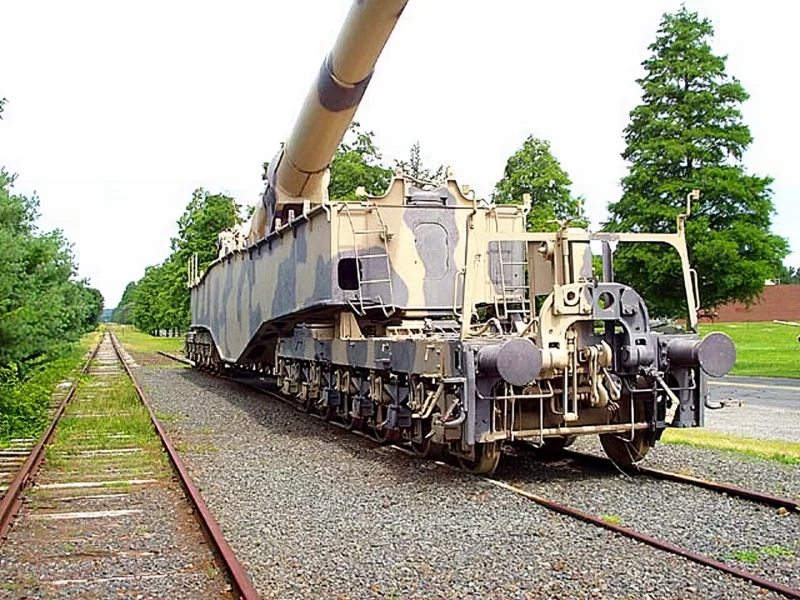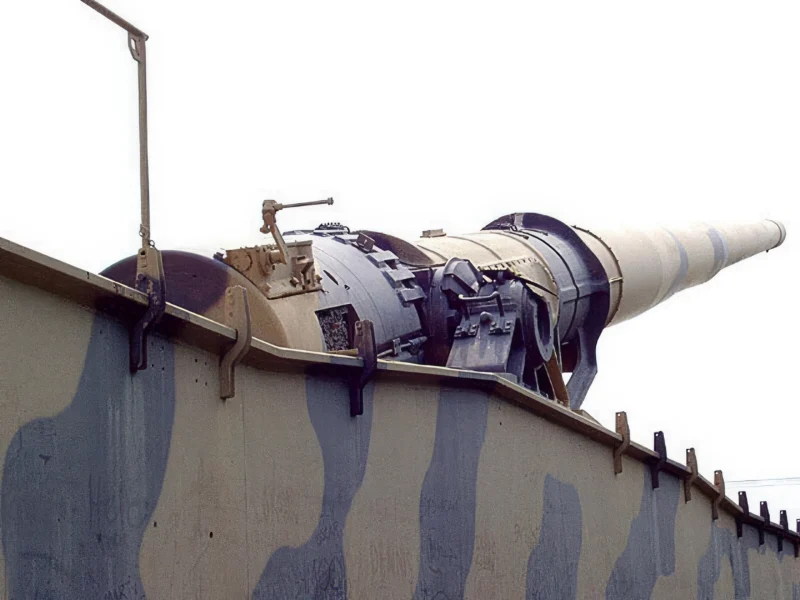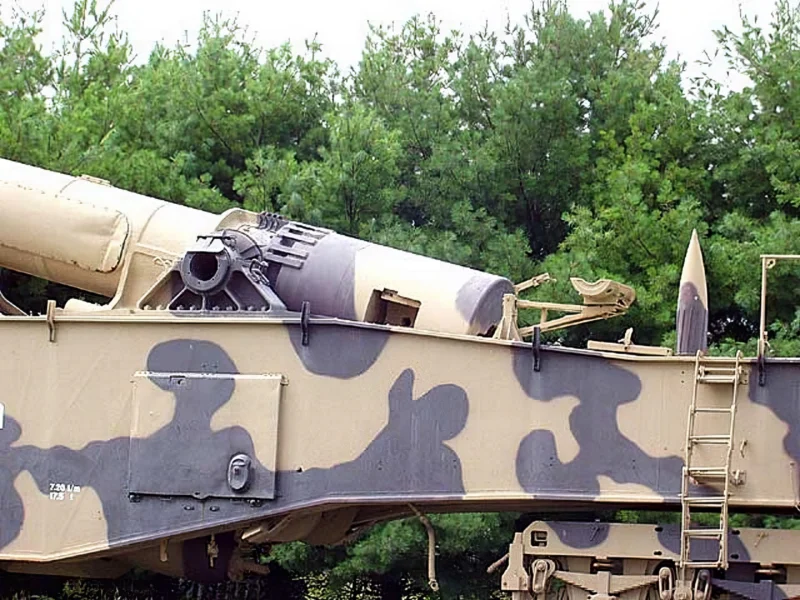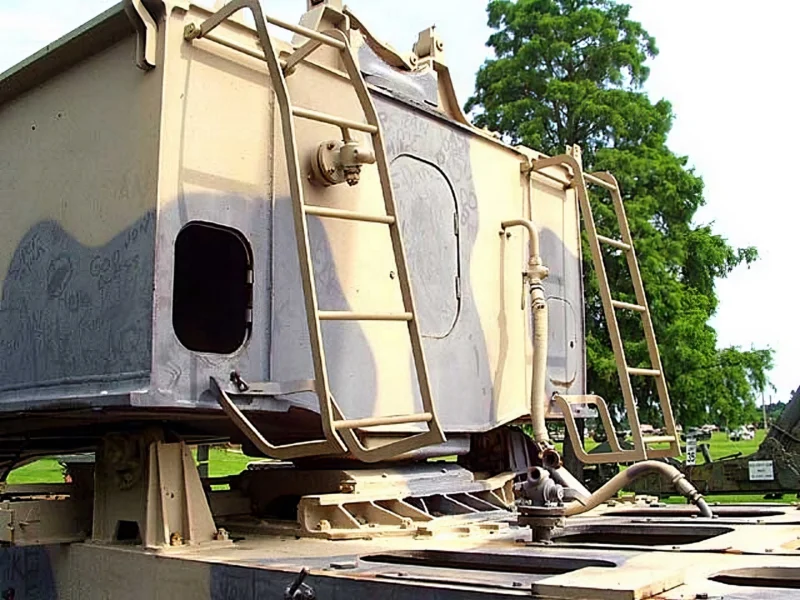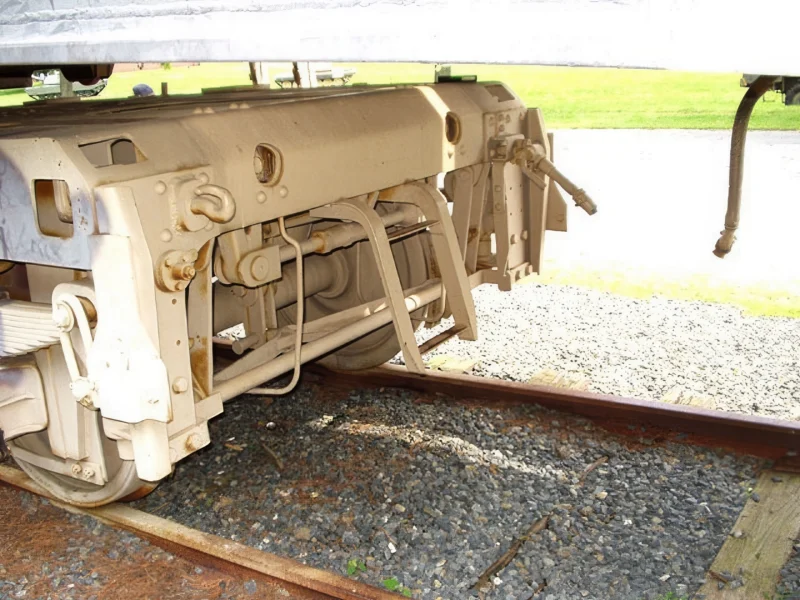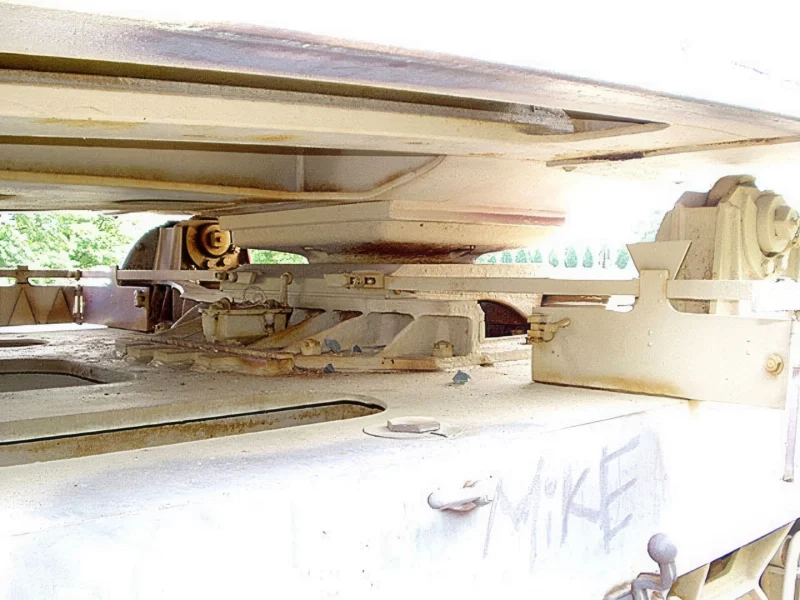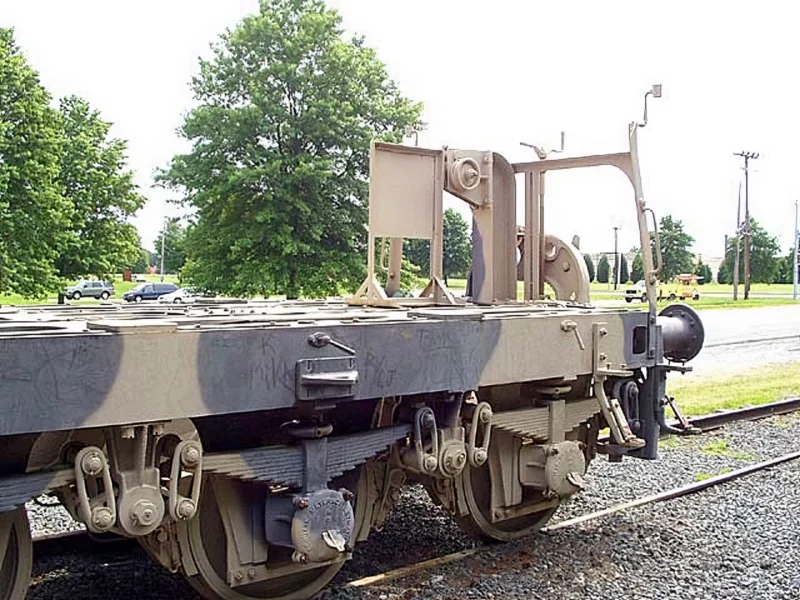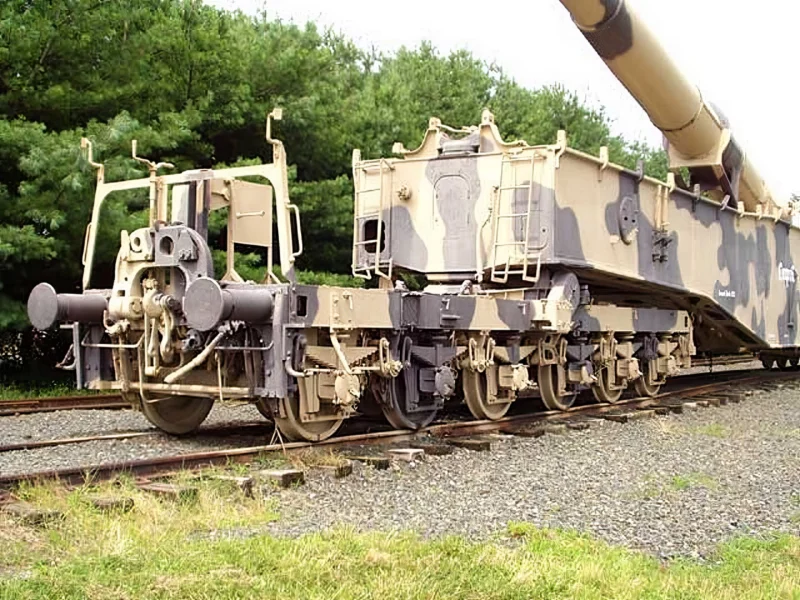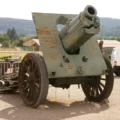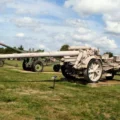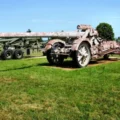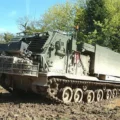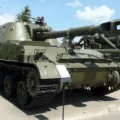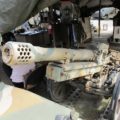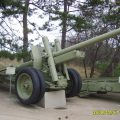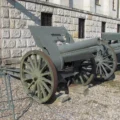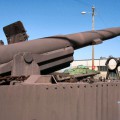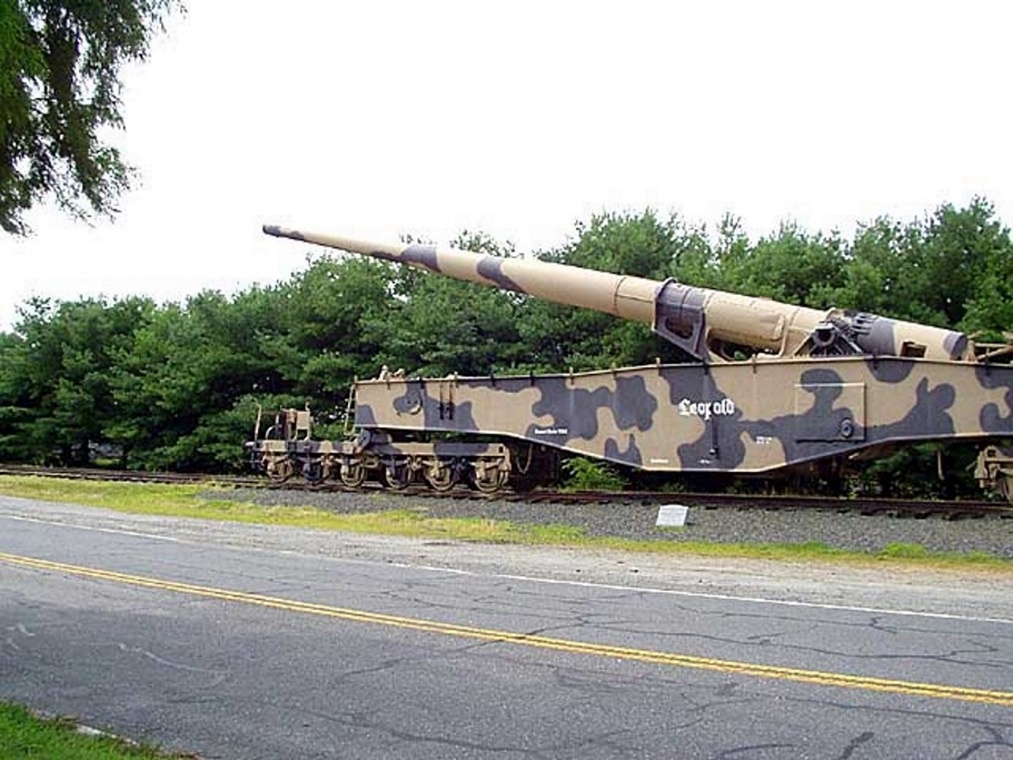
28cm K5(E) Leopoldova železniško-cestna pištola | |
|---|---|
| Državi | Nemčija |
| Vrsta | Železniško-cestna pištola |
| Obdobje | ww2 |
Fotogalerija nemške železniško-cestne pištole K5 (E) Leopold 28 cm K5(E), Krupp 28-cm-Kanone 5 (E), skratka K5 z (E), ki označuje Eisenbahnlafette (gorska pištola za železniške vagone), je bila težka železniška pištola, ki jo je Nemčija uporabljala med drugo svetovno vojno.
Vir: Wikipedija
| 28cm K5(E) Leopold Rail-Road Gun | |
|---|---|
| Fotograf | Neznano |
| Lokalizacijo | Neznano |
| Fotografije | 114 |
| 28cm K5(E) Railway Gun Leopold | |
|---|---|
| Fotograf | Michael Boyd |
| Lokalizacijo | Neznano |
| Fotografije | 24 |
Glej tudi:
28 cm K5(E) Leopold Rail-Road Gun je bil težak artilerijski kos, ki ga je nacistična Nemčija uporabljala med drugo svetovno vojno. Zasnovan je bil za streljanje granat na dolge razdalje, do 64 km, in ga je bilo mogoče prevažati po železnici. Pištola je imela kalibra 283 mm in dolžino cevi 21,5 m. Tehtal je 218 ton in za delovanje je potreboval posadko 70 moških. Pištola je bila nameščena na posebej zasnovanem vozičku, ki se je lahko vrtel za 360 stopinj in dvignil do 50 stopinj. Pištola je izstrelila visoko eksplozivne ali oklepno-piercing lupine, ki so tehtale po 255 kg. Pištola je imela hitrost gobca 1120 m / s in hitrost ognja en krog vsakih šest minut.
28 cm K5 (E) Leopold železniško-cestna pištola je bila eno najmočnejših orožij svojega časa, vendar je imela tudi več pomanjkljivosti. Proizvodnja in vzdrževanje sta bila zelo draga in zahtevala je veliko logistične podpore za prevoz in dobavo. Prav tako je bil ranljiv za zračne napade in sabotaže ter je imel omejeno natančnost in učinkovitost proti premikajočim se ciljem. Pištola je bila uporabljena predvsem za oblegovalno vojskovanje in obalno obrambo, delovala pa je v Franciji, Italiji, Jugoslaviji in Tuniziji. Zgrajeni sta bili le dve tovrstni puški, imenovani Leopold in Robert. Zavezniki so jih ujeli leta 1944 oziroma 1945, eden od njih pa je zdaj na ogled v muzeju ameriške vojske Ordnance Museum v Marylandu.

Views : 5435
